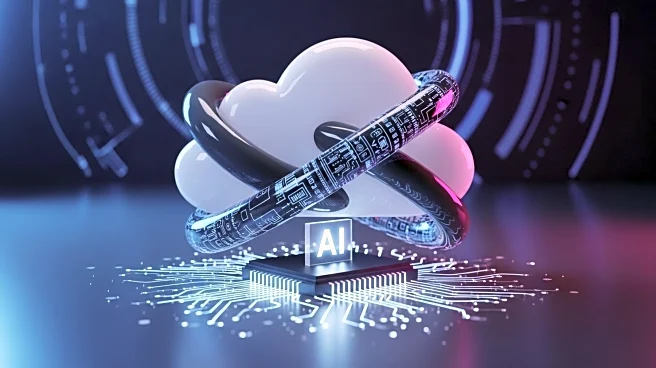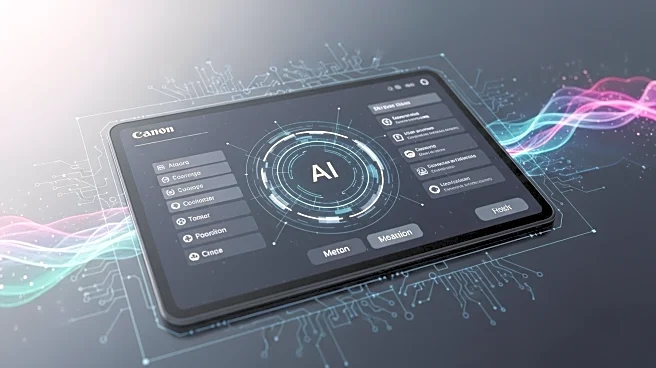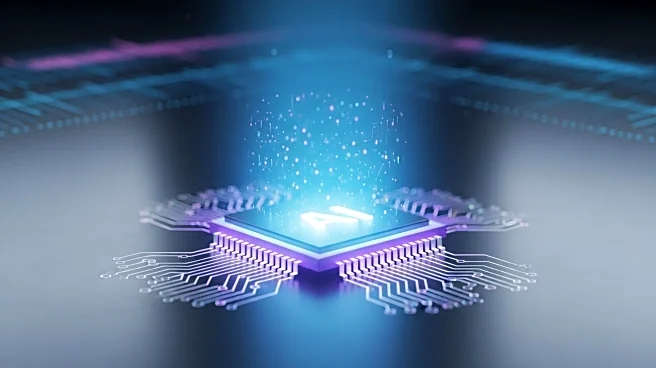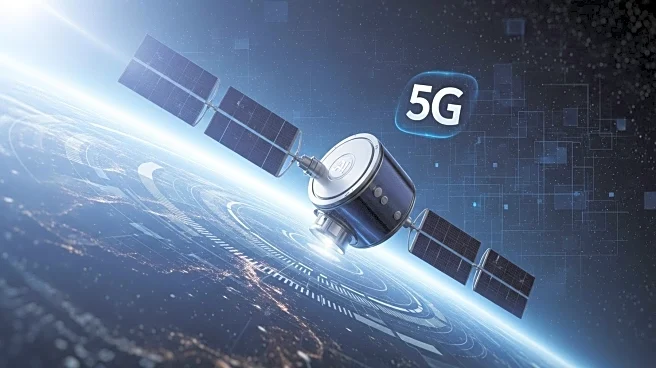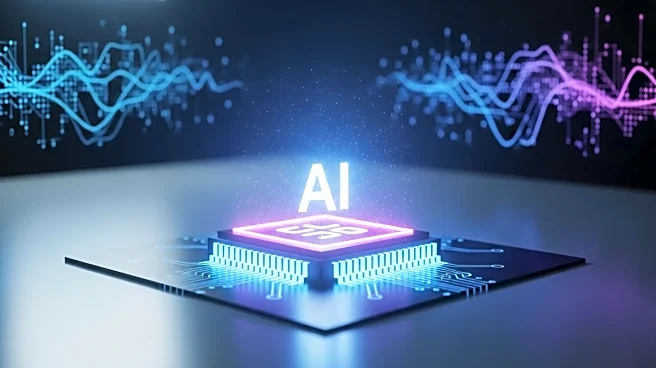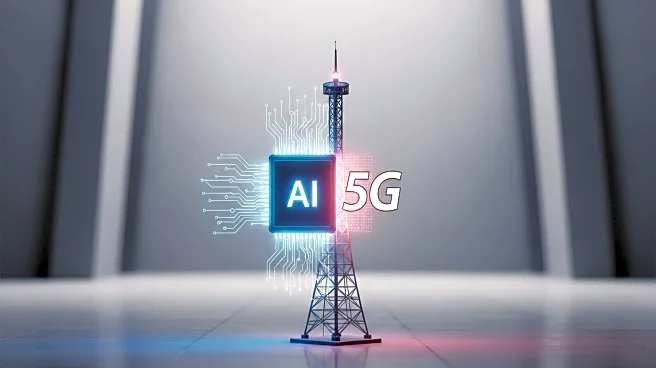What is the story about?
What's Happening?
Wi-Fi 7, the latest advancement in wireless technology, is poised to transform network management through its integration with AI-native operations. This evolution is crucial as digital experiences become increasingly immersive, demanding higher performance from wireless infrastructure. Wi-Fi 7 offers enhanced speed and responsiveness, but its true potential is unlocked through intelligent network operations. The convergence of AI-native operations, cloud-native infrastructure, and smarter data collection is paving the way for self-driving networks that can autonomously configure, monitor, and heal themselves. This shift is particularly significant for industries such as higher education, healthcare, retail, and large enterprises, where Wi-Fi 7's capabilities can support applications that require high throughput and low latency.
Why It's Important?
The integration of AI with Wi-Fi 7 is critical for managing the complexity of high-density, high-performance networks. As Wi-Fi 7 expands into the 6 GHz spectrum, the Radio Frequency environment becomes more complex, necessitating AI-native Radio Resource Management (RRM). This technology uses reinforcement learning to dynamically adjust network parameters, ensuring optimal performance without manual intervention. The ability to self-configure and optimize networks is essential for delivering consistent, high-quality user experiences, especially for applications like AR/VR and 8K streaming. This development represents a significant shift from reactive maintenance to autonomous, outcome-driven operations, allowing IT leaders to manage networks more efficiently and effectively.
What's Next?
As organizations adopt Wi-Fi 7, the focus will be on maximizing its capabilities through self-driving network technologies. IT teams will need to embrace automation across the full lifecycle of network management, from onboarding to ongoing optimization. This includes deploying AI-native switches that provide ample power and bandwidth, while also actively participating in network assurance. The transition to self-driving networks will require a shift in how networks are built, managed, and optimized, with an emphasis on simplicity, visibility, and trust from edge to cloud. The success of this transition will depend on the ability of IT leaders to integrate AI-driven solutions that can scale with the increasing demands of modern digital experiences.
Beyond the Headlines
The move towards self-driving networks raises important questions about the future of network management and the role of AI in technology infrastructure. As networks become more autonomous, the ethical and legal implications of AI-driven decision-making will need to be addressed. Additionally, the cultural shift towards automation may impact the workforce, requiring new skills and training for IT professionals. Long-term, the adoption of self-driving networks could lead to more resilient and adaptable infrastructure, capable of supporting the ever-evolving demands of digital applications and services.
AI Generated Content
Do you find this article useful?


